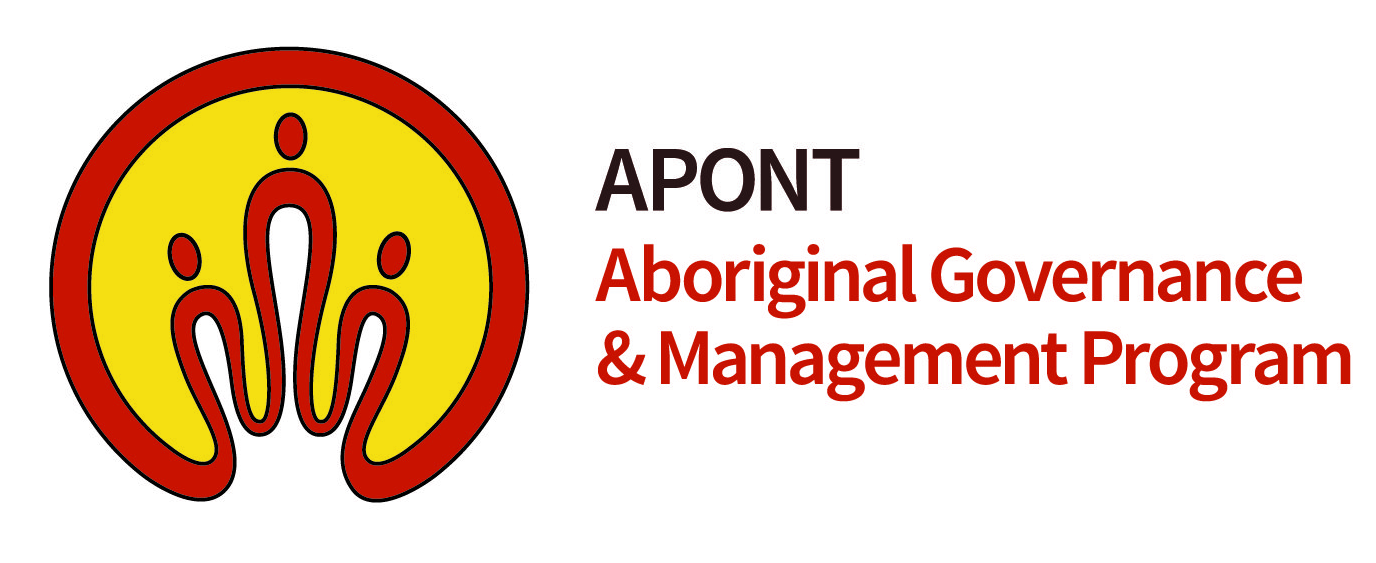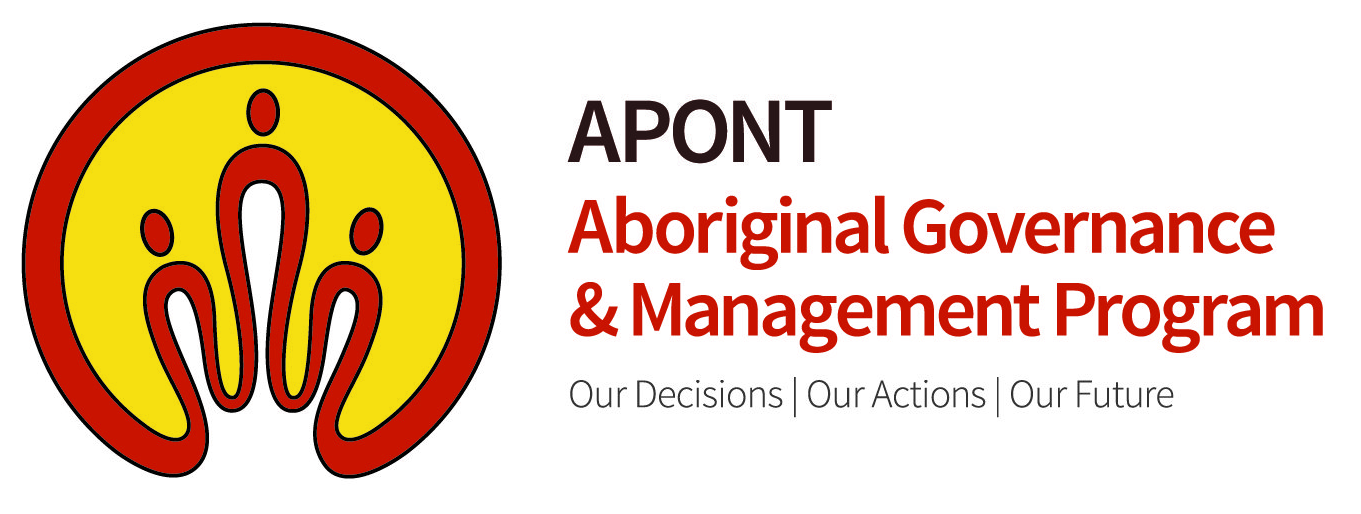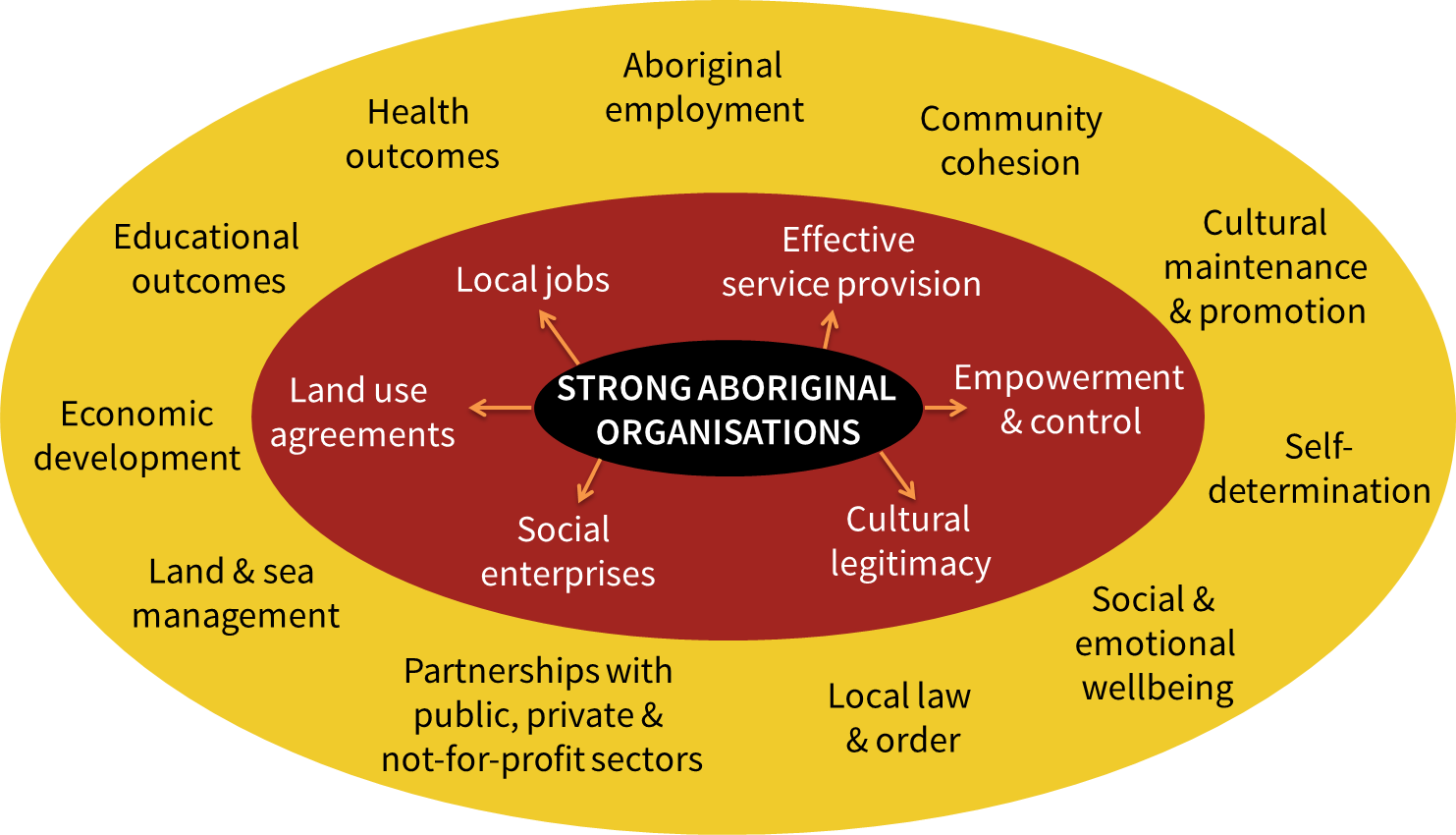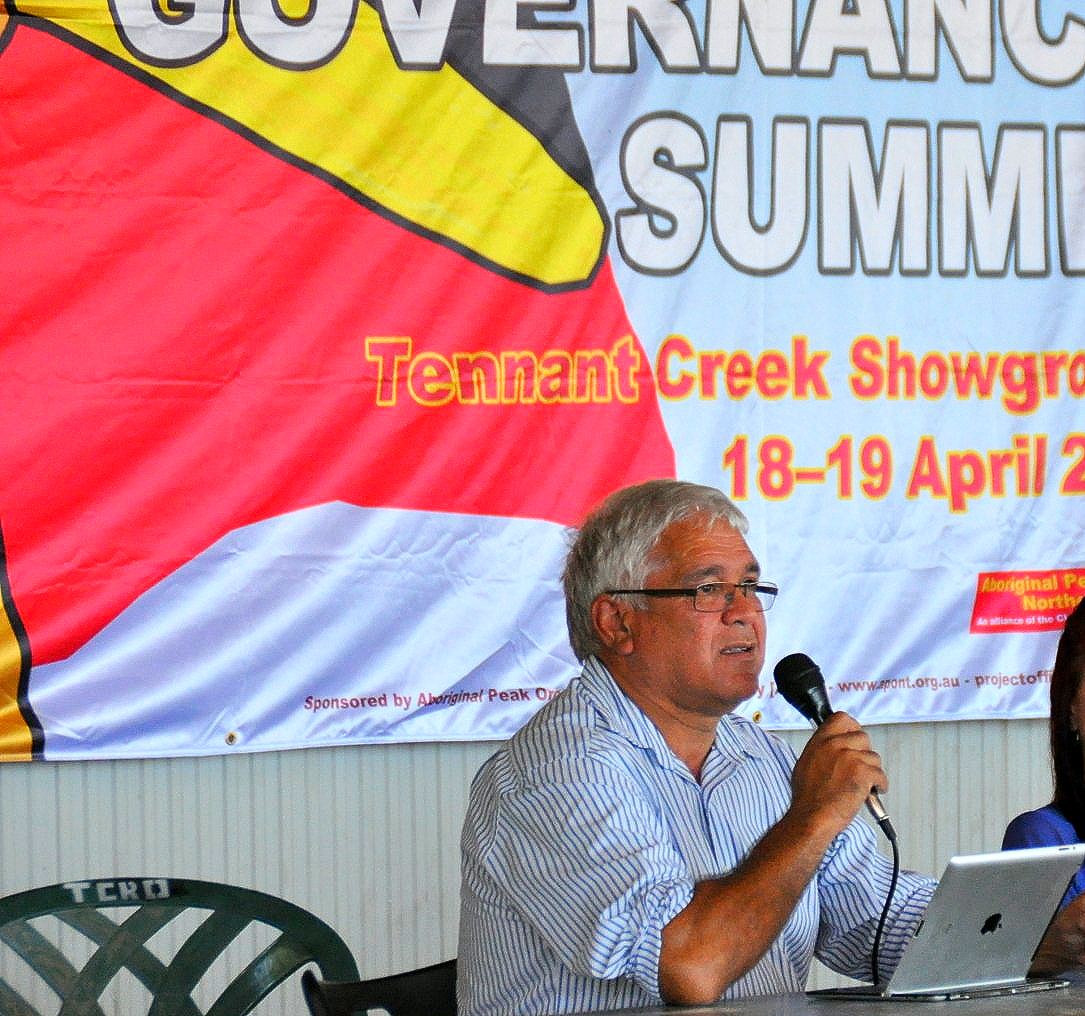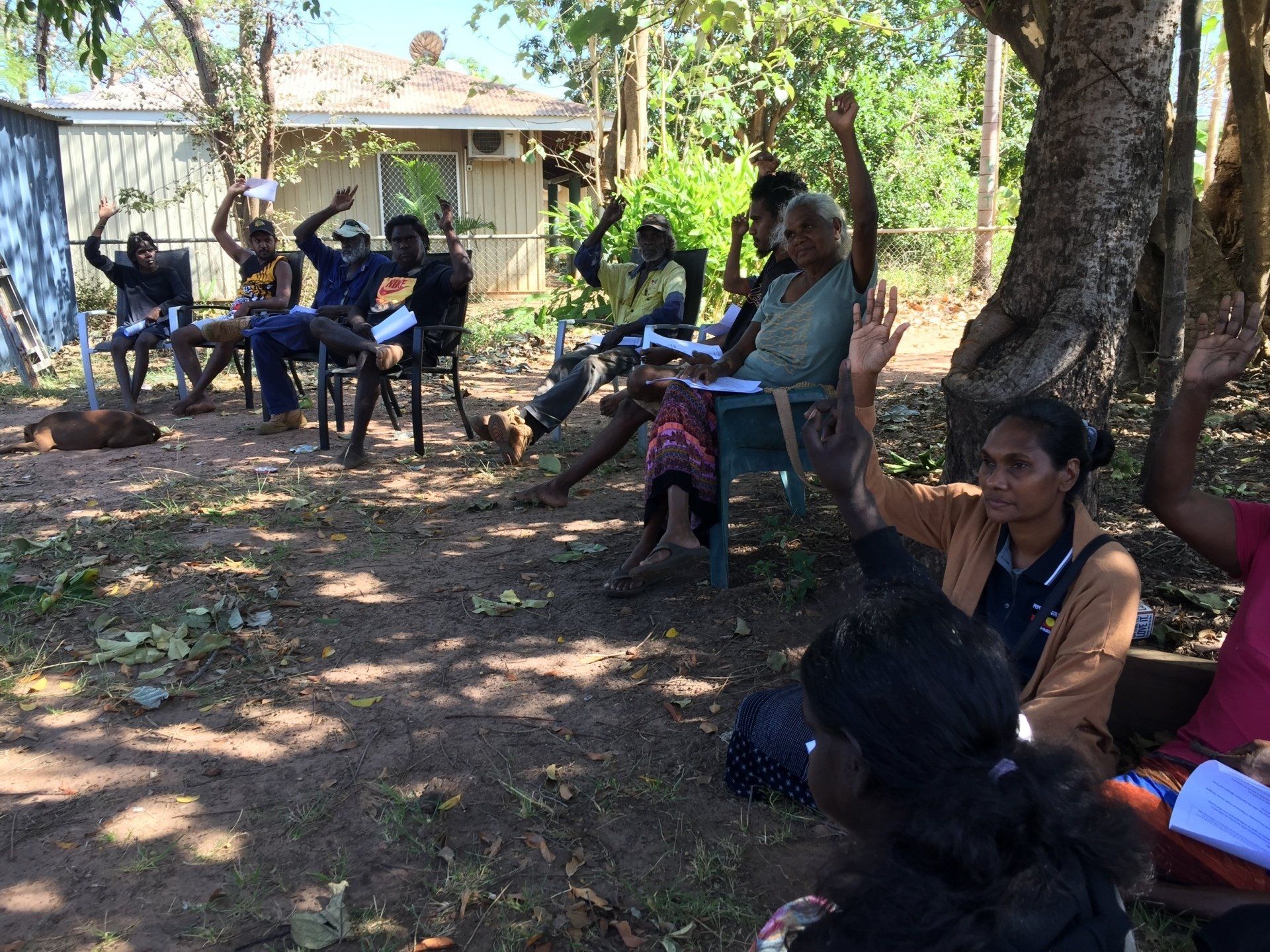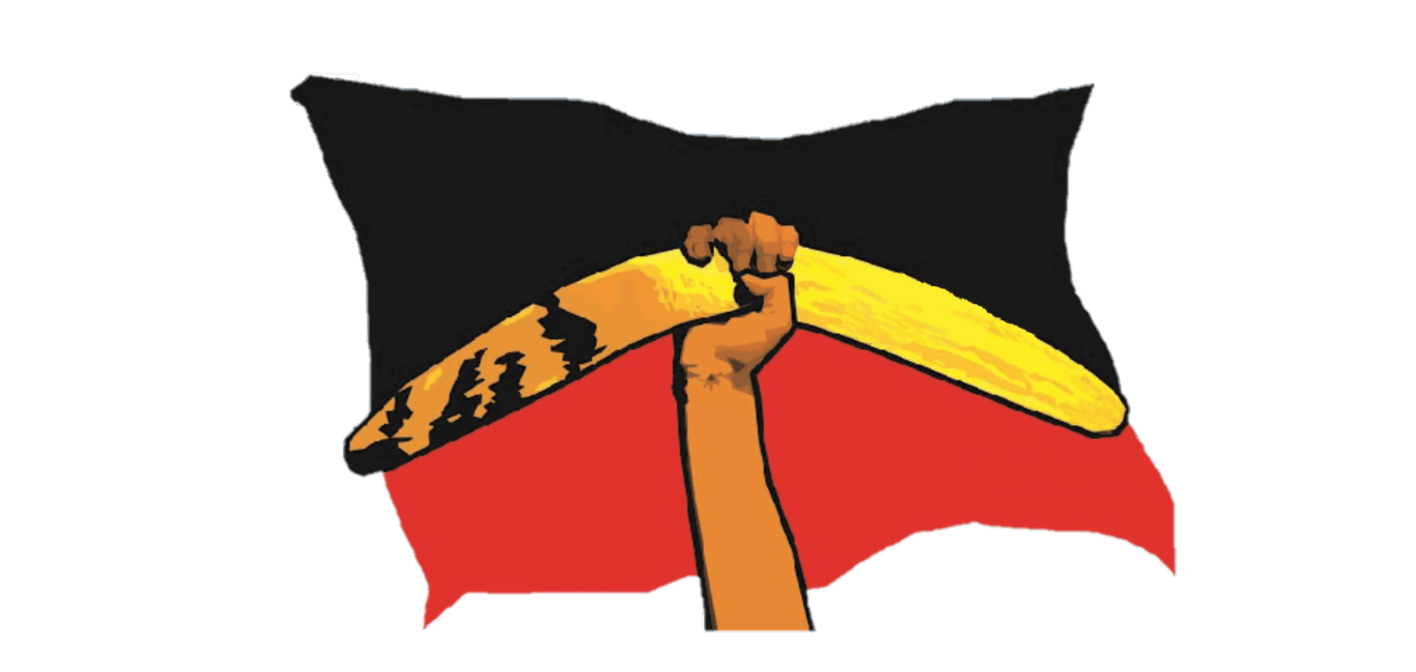Why is AGMP needed?
Investing in governance pays a ‘development dividend’, contributing to poverty alleviation and enhanced community well-being. When Aboriginal people have governance that is fair, effective and culturally legitimate, they are much better able to:
- Organise together to get the things done
- Make decisions that people follow and win support
- Protect the cultural, relationships and values
- Sort out internal conflicts without outsiders intervening
- Speak confidently with one voice and negotiate more effectively
- Get successful economic development projects going
“The exercise of self-determination can only be achieved if we have good community governance. This means the existence of ‘effective, accountable and legitimate systems and processes’ where Aboriginal and Torres Strait Islander peoples can ‘articulate their interests, exercise their rights and responsibilities and reconcile their differences...”
Mick Gooda, (former) Aboriginal Social Justice Commissioner
“The exercise of self-determination can only be achieved if we have good community governance. This means the existence of ‘effective, accountable and legitimate systems and processes’ where Aboriginal and Torres Strait Islander peoples can ‘articulate their interests, exercise their rights and responsibilities and reconcile their differences...”
Mick Gooda, (former) Aboriginal Social Justice Commissioner
Governance is at the heart of Aboriginal self-determination and the systems and structures through which Aboriginal people make decisions, deliver programs and exercise cultural authority for families, communities and country.
The aspirations of Aboriginal people and Governments alike are dependant upon the strength and sustainability of Aboriginal organisations to represent the views and deliver the objectives of their members.
This is reflected in Federal and Territory-level Indigenous Affairs policy initiatives, including Closing the Gap, Aboriginal Procurement policies and the Northern Territory Local Decision Making Framework, all of which are dependent on the capacity of Aboriginal organisations to deliver.
This is the work of the Aboriginal
Governance and Management Program.
This is reflected in Federal and Territory-level Indigenous Affairs policy initiatives, including Closing the Gap, Aboriginal Procurement policies and the Northern Territory Local Decision Making Framework, all of which are dependent on the capacity of Aboriginal organisations to deliver.
This is the work of the Aboriginal Governance and Management Program.
The Northern Territory Context
- Barriers facing Aboriginal people in achieving good governance include...
- A lack of understanding from government and extrenal organisations of traditional Aboriginal systems of culturally-led governance, leadership and decision-making.
- High demand on Aboriginal leadership. There are more than 800 Aboriginal organisations incorporated in the NT. At least 1 in every 7 adults has a formal role on a Board. Many leaders have Board responsibilities on multiple Boards – largely unpaid.
- Low levels of English literacy. A 2017 study by Charles Darwin University found that nearly nine out of 10 Indigenous adults living in remote areas of the Northern Territory do not have the (English) literacy required for functional workplace capability. On average, 60% of Aboriginal people speak traditional languages as their first languages. In remote communities this figure can be up to 80%.
- High dependence on non-Aboriginal management within Aboriginal organisations. Many Aboriginal people have limited experience of Western norms of management and corporate compliance. Reliance on outside staff can be challenging where turn-over is high and cultural understanding limited.
- Lack of access to basic services. Limited telecommunications and technology, transport and poverty pose barriers to participation in meetings and governance requirements of Aboriginal directors.
The Aboriginal Governance and Management Program (AGMP) is an initiative of APO NT - the Aboriginal Peak Organisations Northern Territory.
We acknowledge the traditional owners and custodians of country throughout Australia and acknowledges their continuing connection to land, waters and community. We pay our respects to the people, the cultures and the elders past, present and emerging.
Alice Springs Office
Phone: 08 8959 4623
Email: info@agmp.org.au
Visit: Level 1 Yeperenye Centre 34 - 38 Hartley Street,
Post: PO Box 1464, Alice Springs NT 0871
Darwin Office
Phone: 0475 440 021
Email: info@agmp.org.au
Visit: 9 Rowling Street, Casuarina
Post: PO Box 1464, Alice Springs NT 0871
Follow us @aboriginalgovernance
